All visitors to Paleochora travelling by car to Elafonisi will have passed through the small village of Dris en route to Elos. What they won’t have seen, except possibly a fleeting glimpse of the road signs, are the two “hidden” and even smaller villages of Motziana and Kopeti. With the warmth of spring arriving, and the heat of summer approaching, here’s a short walk of around two hours and barely 6 km, perfect for a morning or late afternoon/early evening stroll.
You’ll need a car to reach Dris, which is not on a ‘bus route. Drive first north to Plemeniana, then west to Dris, total 17 km from Paleochora, and park near where the main road bends left over the river. Walk on out of Dris for 300m and take the side road left, signed to Motziana. 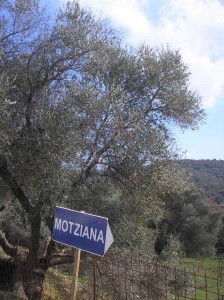 The surfaced road winds pleasantly through olive groves, with Moziana still out of sight. Cross a bridge with a view of a small waterfall (and the former ‘ford’, before the bridge was built), after which the road climbs gently, and ends at Motziana.
The surfaced road winds pleasantly through olive groves, with Moziana still out of sight. Cross a bridge with a view of a small waterfall (and the former ‘ford’, before the bridge was built), after which the road climbs gently, and ends at Motziana.
As recently as forty years ago, the population of Motziana was over a hundred. Now only five people live here permanently. Others, who maybe grew up in the village, return at weekends, Easter and summer or to harvest olives in the autumn, from homes in Chania, Heraklio, Athens and further afield.
Decision time now, with a choice of two options ; the first, easier, is to continue uphill above the village on the rough track, keeping left at a junction, then contouring around the hillside, to meet the alternative route.
This, for the more intrepid, is to walk through Motziana, initially ahead, then left, down through houses both derelict and inhabited, on a path which, after some 100m, joins a wider track in the valley. Turn right, between ancient olive trees, to reach stepping stones over the shallow river, a perfect place to rest awhile in the shade of plane trees.
Cross the river to the church of Agia Pareskavi, previously hidden from view. The path ends a little beyond the church, below a small enclosed garden. Keep right here (bearing 200 deg) to reach the river where it bends left. Procopi, working in his garden, recently showed us the way from here. Cross the river, by a quick boulder-hop or paddle, to a narrow footpath below steep hillsides on the far side, and follow it left to orange and olive trees, below old terraced walls. “How old are the stone walls?” we asked Procopi. “From my grandfather’s grandfather’s time,” he told us, taking oranges from the trees to give us. Living in Chania, Procopi still grows vegetables here, has sheep and five hundred olive trees, and drives over to spend several days a week in his home village.
From the riverside meadow, keep right of a fence, to reach a wider track leading uphill, and when it forks, go left to reach another track (the one coming direct from Motziana). Left again here, and a pleasant walk climbing gently to the outskirts of Kopeti. When the first buildings come into view, and just past several tall eucalyptus trees, take a small path (easily missed) down through houses into Kopeti. On reaching the surfaced road take a diversion left to visit the interesting church of St. John the Theologian, with ancient frescoes, two carved wooden doves, and the all-seeing “Eye of God” watching you. If not open, the key is easily located.
Return through upper Kopeti, keeping left at two successive road junctions, into the lower part of the village, above the river. Cross this by a bridge (noting the old one below), and walk up to where the road sharp bends sharply right. Go left here, on the smaller, less obvious old donkey path (gate/fence on left, stone wall on right). Turn right at the top, through and past a single house, on to a surfaced road. This leads pleasantly back to the Plemeniana/Elos road, and a short stroll back into Dris.
On the return to Paleochora, the previously recommended riverside taverna ‘O Milos’ near Plemeniana is as good as ever.

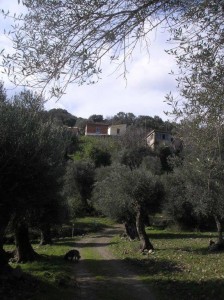
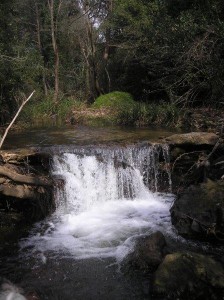
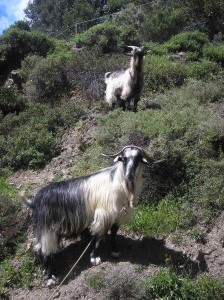
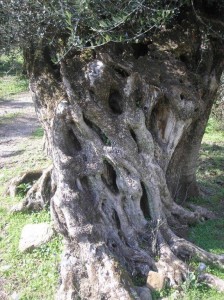
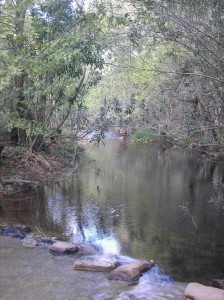
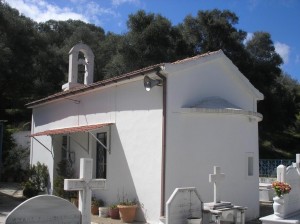

Recent Comments